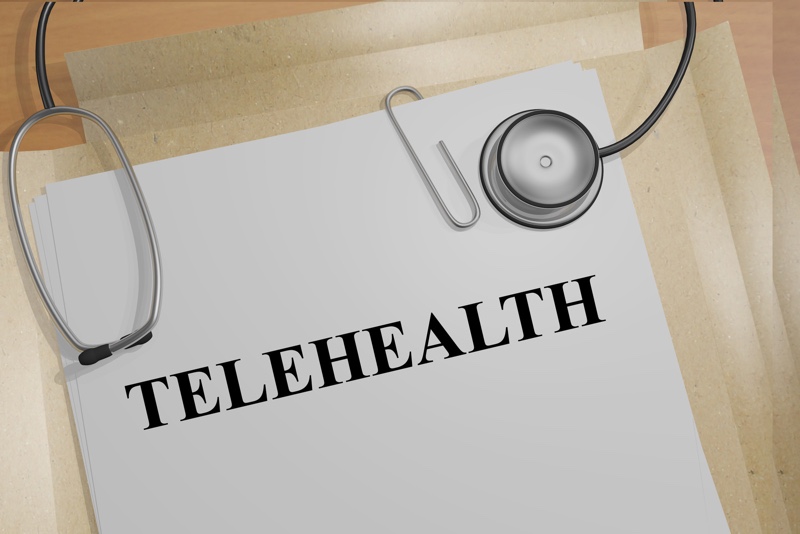
Most will agree that our health system needs a little help. Healthcare access can be very limited in some areas. Additionally, the medical care available in those areas may not meet what would be considered minimum standards. On the other side of the coin are areas that have abundant access yet the care provided can be expensive, even of unproven benefit, or both. Below, are two problems of the current system that can at least be partly remedied with wide-scale and thoughtful adoption of telemedicine.
Approximately 25% of the US population lives in rural communities where access to care can be very limited. Even where care is widely available, the ability to obtain the desired appointments in a timely fashion can be drawn out such that many are driven to Emergency Departments partly out of the inability to get an appointment is a timely manner. A 2015 Colorado Health Access Survey showed that a full 40% of patients discharged from the Emergency Room went there knowing they were not in need of "Emergency" care upon arrival. Two of the top 4 reasons among that 40% included 1.) It was after-hours or weekend and offices were closed and 2.) The available appointments were too far away to be felt to be of value. As a matter of fact, one study has the average wait time nation-wide in several major cities at over 18 days to get an appointment to see a doctor.
Telemedicine, which is the provision of medical care over a secure interface, is able to address some aspects of access issues by being readily available to nearly anyone, anywhere with an internet connection. At a minimum, a basic triage, recommendation, and referral or redirection can be provided to assure the most effective and efficient level of care. Additionally, by being available to patients after-hours and weekends, the drive towards the very expensive Emergency Department model can be diminished. By creating an on-demand system with the ability to pull healthcare providers from a wider area, access can be provided with either no wait time relative to standard, or at least a significantly diminished wait. Improving access with decreased wait times has been correlated with increased patient satisfaction. Probably one of the reasons you now see so many hospital systems advertising their ER wait times.
A study by the Commonwealth Fund and a poll by the Associated Press found a significant percentage of working age adults skip some level of healthcare due to costs being prohibitive. The reasons behind the skyrocketing costs are multifactorial. One reason includes the significant margins taken on every aspect of care. Under the healthcare umbrella are a myriad of independent but inter-dependent for profit companies. On the healthcare provider's end of things, the office space, medical equipment, the billing system or company, and the medical records system all are provided by for-profit companies most times. On the patient's end, up to 25% of the insurance premiums and other revenue that insurance companies bring in do not go towards providing medical care but instead go towards administration and shareholders. As a matter of fact, in 2014, Aetna's CEO was compensated $15 million dollars while the CEO of CHS hospital system was compensated more than $26 million dollars that same year.
Reasonably priced, effective health care is out there. But transparency of pricing has been shuttered for decades. We are finally beginning to see more companies paying more attention to making prices known to the general public. Part of this change is likely due to the significant rise in use of High-Deductible Health Plans(HDHPs) or the friendlier sounding Consumer Driven Health Plan (CDHP) which are the same thing. In these plans the bulk of medical expenses are often placed upon the patient for up to a set deductible before the health plan pays anything. However, despite the early trend towards price transparency, the bulk of healthcare consumers and providers appear to be relatively blind to the cost of care that they are either utilizing or providing.
It still seems ingrained in our culture to not "shop" for healthcare like we do for most other items. Many probably assume that if they have a health plan than every provider that operates within that health plan will generally have approximately the same costs. A reasonable assumption I think. But, even in-network procedures can vary by over 500% according the Healthcarebluebook.com. The same scenario plays out in the already expensive Emergency Department system. One ER may cost $650 just to say "hi", while another will have a starting price that is double that, and goes up dramatically from there based on any interventions by hospital staff.
Luckily, telemedicine services are starting to defray some of the costs by providing a significantly lower entry price point for the healthcare system. A $50 - $70 telemedicine visit is significantly lower than nearly any other form of medical evaluation that can be obtained. An Emergency Room visit will be $650 +++, and Urgent Care visit likely $180 + and a standard office visit in the $110 range according to HealthcareBluebook.com. As long as the quality of care is addressed through experienced clinicians following guidelines of local and national standards when applicable and available, there is no doubt that the nation's expensive healthcare issues can be significantly addressed through a transition from standard in-facility visits to virtual telemedicine visits. In fact, a 2014 Towers Watson estimate stated that employers could save approximately $6 billion dollars/year by implementing telemedicine programs. And this does not even take into account travel expenses and lost wages due to the need to rearrange the patient's lifestyle in order to get to appointments.